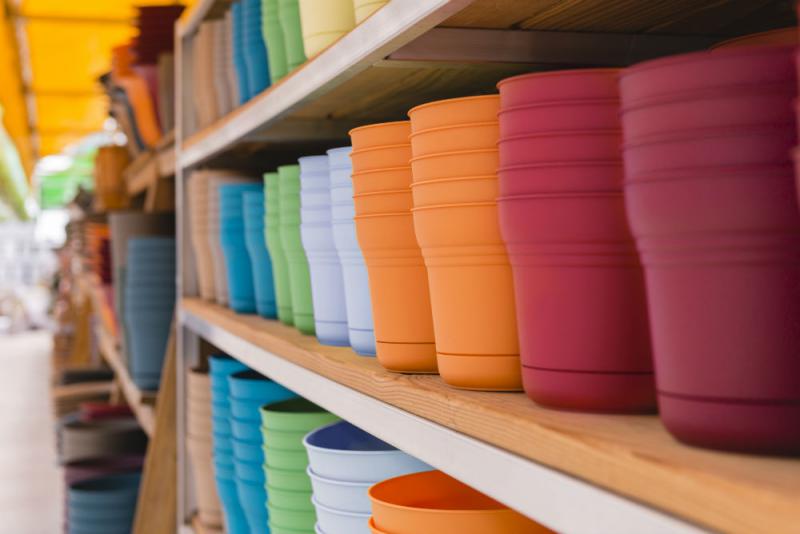
The Anatomy of a Great Display
It’s no secret that attention spans are growing shorter. In all likelihood, you will only have 30 seconds of attention from a customer at any one of your displays.
As the marketplace is flooded with new ideas and goods, it becomes more and more important that you display products in a way that draws people in and triggers their imaginations.
There are several factors to designing an effective display; here are four that may help you get the shelves ready for the 2016 season.
Color
Research shows that color is the primary factor in up to 90 percent of purchasing decisions.
Strategically arranging products by color will not only get attention; it will keep customers at a display longer, which helps them see the multiple product offerings available in their favorite colors.
Instead of just buying the traditional planter, they may discover new designs and features simply because the colors on display were impossible to resist.
Displaying like-color products together in a spectrum creates a powerful aesthetic effect, especially when bolder, more vibrant colors are contrasted against the more traditional shades.
Making color organization a significant part of your display strategy is sure to draw in the passerby.
Signage
All too often a poorly designed sign about pricing and features will undermine the beautiful organization and stocking of shelves.
Take the time to be strategic with your in- store pricing methods and signage.
Make sure they are located in an easy-to-read location and have all the information a potential buyer will need.
At the same time, don’t let the style of signage contradict the stylish designs of your products.
If you don’t possess the skills or tools to design attractive signage, it’s worth the few hundred dollars to bring in a graphic designer to help.
Easy-to-find, easy-to-read and well-designed signs will vastly improve the shopping experience for your customers and further their loyalty to you as their preferred retailer.
Context
Your displays need to invite people into the narrative of the product.
If a customer sees the practical use for a product, it is very likely they will take more time to consider it.
Listing product features helps with that, but remember, consumers are only going to give a display 30 seconds.
Instead of bombarding them with word-heavy appeals to buy, invite them to envision the product in their own environment with living displays or imagery.
Take some time to fill a few planters and add them to your display. This requires a little extra effort on a daily basis to keep them watered and looking fresh, but showing products in use triggers the imagination of your customer and may even lead them to purchase more products.
Also, add some photography to your displays. Most manufacturers can supply you with photos, but don’t hesitate to take a few plated containers home, snap a few pictures and frame them next to the planters on the shelf.
A minor investment will help inspire creativity in your customers and increase sales.
Organization
A display’s layout can make or break credibility, but with the right arrangement your display and thus your company will appear professional.
As mentioned above, stack like colors together. But within the like colors, make sure that the products are arranged by size.
Place products next to other products with a similar use, next to ones that could be used together or next to ones that would be used during the same time of the year.
Label everything clearly, and eliminate any gaps or holes between products.
Make sure that the display holds the product the way it was intended to be held. The worst thing a display can do is make the product unappealing by exhibiting it in a way contrary to its function.
Finally, walk through your store multiple times a day to make sure products are where they belong and that your displays never slip in their organization.





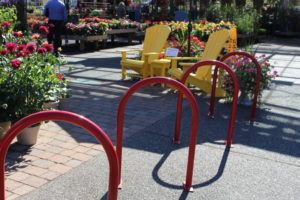
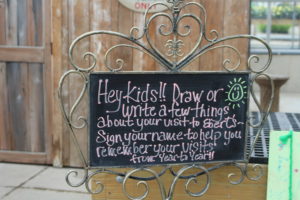

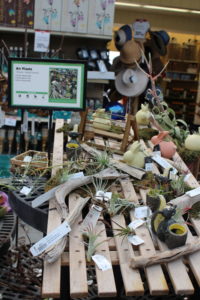
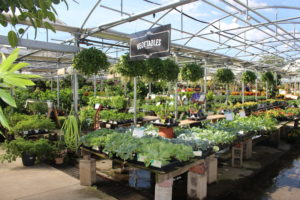
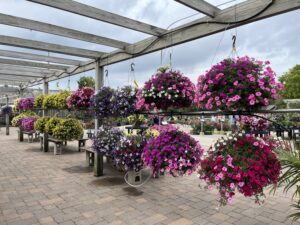
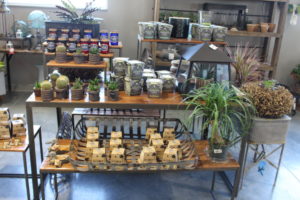
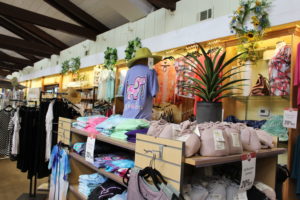
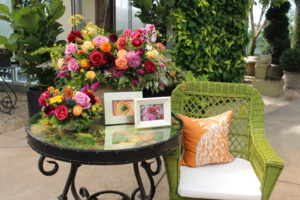
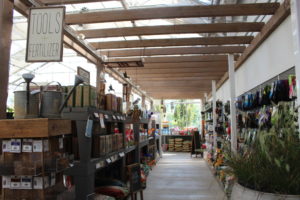

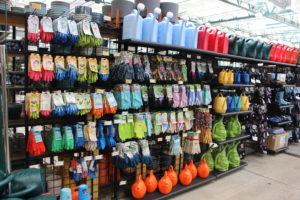
 Videos
Videos





